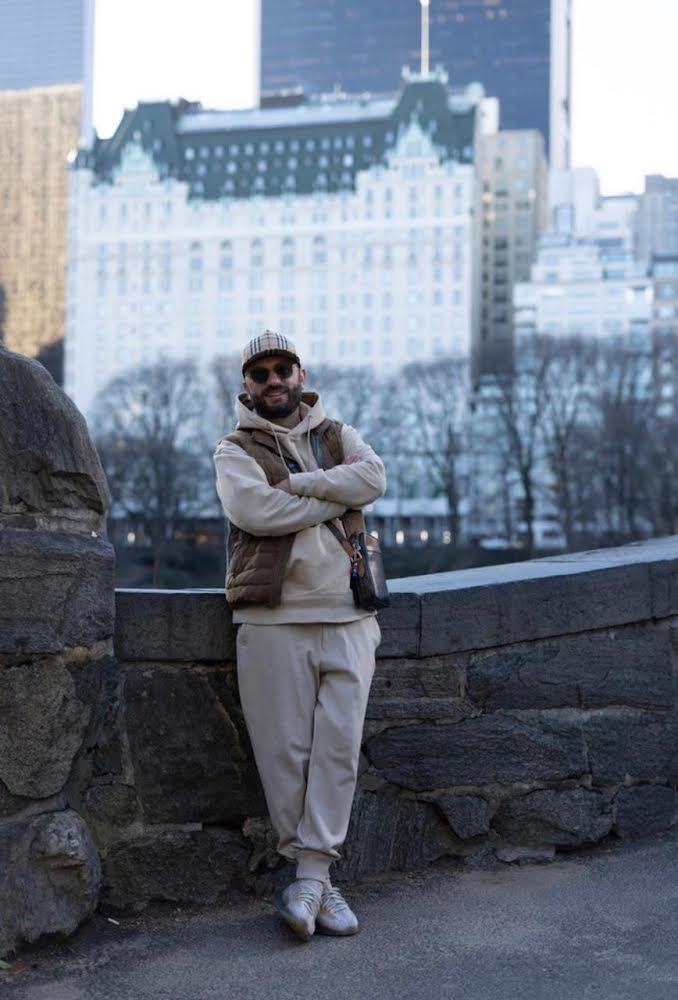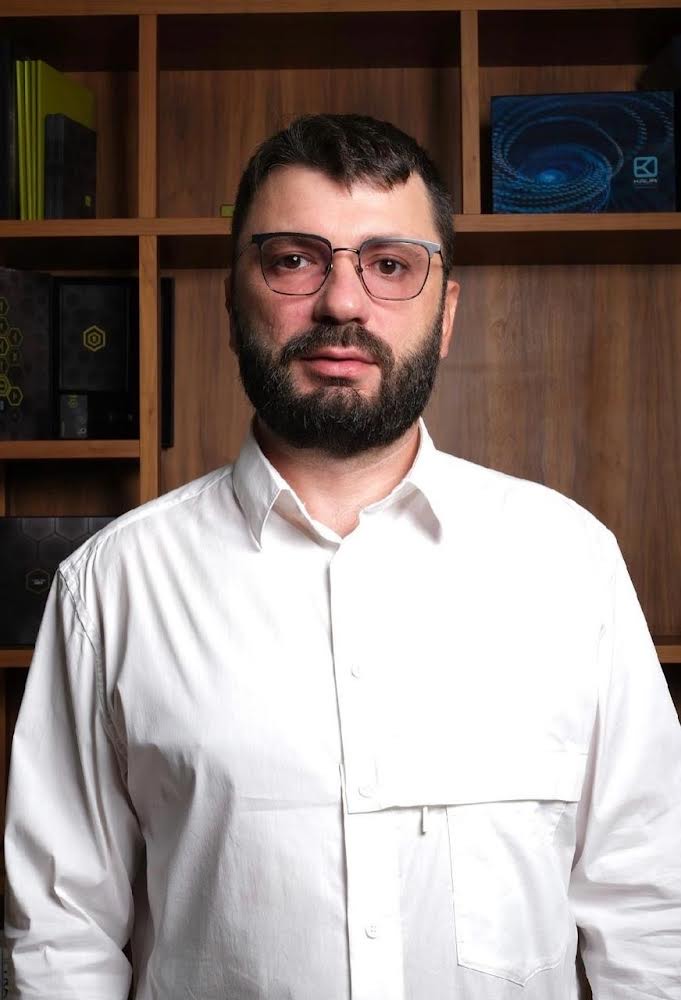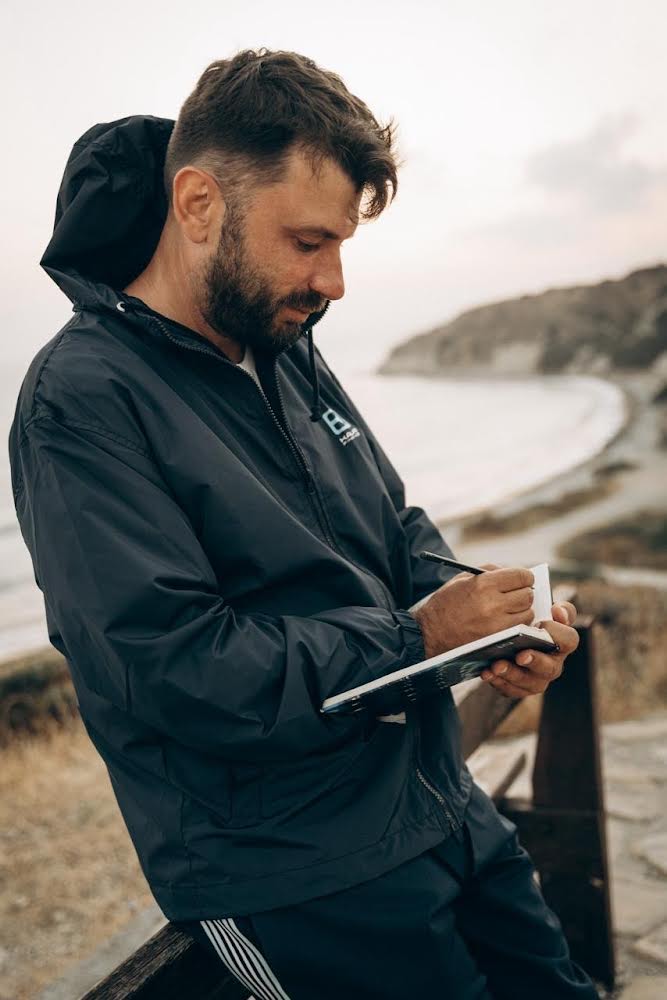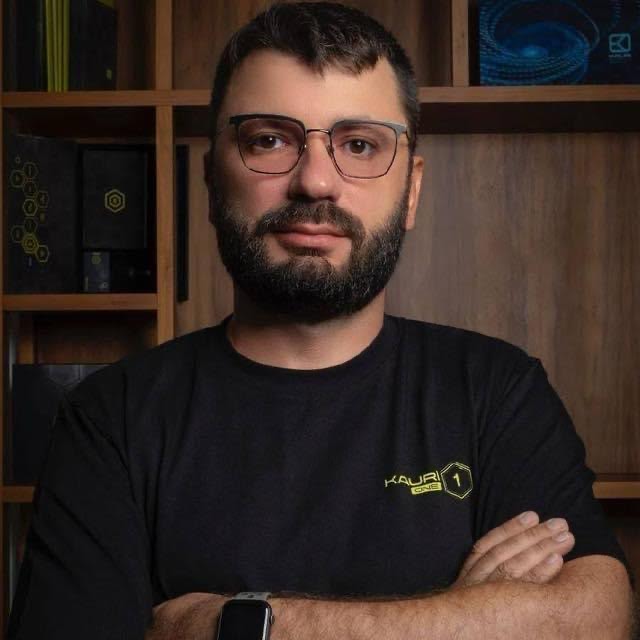Introducing Alexey Pavlov, the visionary behind Kauri Finance, a trailblazing venture at the forefront of revolutionizing the digital banking landscape. In this exclusive interview, we delve into the genesis of Kauri Finance, its pivotal role in the cryptocurrency ecosystem, and the innovative strides taken with its recently launched web3 banking application. Join us as we explore Alexey’s insights, journey, and plans for the future in this dynamic domain.
Alexey, can you provide an overview of your company Kauri Finance and its role within the broader cryptocurrency ecosystem, particularly in relation to your recently launched web3 banking application?
Kauri Finance was conceived as a digital bank of the future. Back in 2017 when the idea for Kauri emerged, I already understood that the bank of the future should include a wallet for digital currencies, a payment card, and an account. It took us six years to realize this seemingly simple idea, and only at the end of 2023, we launched an application that encompasses all of these features!

How do you envision the growth and expansion of Kauri Finance alongside the development of your web3 banking application, especially considering the diverse range of services it offers, such as non-custodial web3 wallets, cards, and accounts?
Considering that we are implementing our project without external investments, we can only grow by earning money ourselves. That’s why we sell software, and the basis of our business is software development at www.kauri.one. All the money we earn and receive is invested in our project at www.kauri.finance.
I really hope that with the release of the web3 application Kauri Finance, we will change this trend, and we will no longer need to develop software for other projects, and the money earned from the application will be enough to maintain and develop our projects!

Could you provide insights into the genesis of your project’s idea and the journey from its inception to becoming a full-fledged business, especially in terms of starting with a modest investment of 5,000 euros?
Yes, it’s true. This story resembles a movie plot, and honestly, if I heard it, I wouldn’t believe it, but it happened to me, so I know it’s true. I invested 5,000 in BTC, at a rate of about 2,500 for 1 BTC, and I sold it at a rate of 16-17k for 1 BTC. This gave me the initial capital for research and the creation of the MVP, which led me to the SaaS model. By writing the first wallet, I immediately got clients for the software, which provided an opportunity to continue development and pay the team.
In your opinion, what factors are driving the potential surge of Bitcoin to $100,000, and what strategies do you suggest for investors aiming to multiply their capital significantly?
The adoption of ETFs and the implementation of MiCa will definitely have an impact. At this stage, cryptocurrencies become legal and full-fledged participants in the financial system. $100k is more of a symbolic figure; I think the potential is much greater! For non-professional investors, I believe the safest and simplest strategy is buy and hold. You choose a day and the amount you’re willing to invest. For example, you invest $100 in Ether every Sunday, regardless of its price at the time of purchase. This way, over the course of a year or two, you acquire a position with an acceptable average cost. Then you choose an exit point and sell your position at that point. If you overlay this strategy on historical data, its profitability is over 200% in 2-3 years.

How do you see Web3 technology benefiting users, and could you explain the concept of decentralization and its significance within the context of your project?
As always, everything is open. The first thing we learned about cryptocurrencies is the Bitcoin white paper released under the pseudonym Satoshi Nakamoto. It’s all written there. Whoever owns the seed phrase owns all the assets. Initially, the first adepts and wallets gave the seed phrase to the user, but then something went wrong, and centralized exchanges started storing everything, and the concept of decentralization dissolved into the concept of speculation. Only the FTX crisis brought decentralization back into trends, or as it’s also called, web3 technology.
By the way, for us, this crisis became key in making the strategic decision to transfer all infrastructure to web3 and return the seed phrase to the user. To make this popular in our application, all the same familiar services must be there, and they must work just as well as in centralized applications, which we have been striving for for over a year!
Considering the evolving regulatory landscape, which jurisdictions do you find most conducive for cryptocurrency operations, and how do you anticipate the regulatory framework to change post the implementation of MiCA?
I think that after the implementation of MiCA, there will come a day when familiar applications will simply stop working; they will just be turned off from the app store, and that’s it. Gathering all licenses and permissions is not an easy task, but we at Kauri have found a way to do it, and the most important thing is that we know how to work with regulators. Evidence of this is that at the beginning of 2022, there were over 1500 active licenses in Estonia, and by the end of 2023, there were only 37 left; all the others did not meet the new rules, and Kauri is among those 37! And, of course, it’s best to work in Estonia.

Can you elaborate on your plans for the future development of your project, including the rollout of trading versions by April, as well as versions tailored for businesses and corporate clients? Additionally, what specific advantages does your project offer compared to other similar ventures in the market, and who is your target clientele?
You know, development is like kung fu, which translates as the path of perfection. That is, application development is like constant improvement, it cannot be completed. We move from iteration to iteration, from version to version, and we definitely don’t see the end in this, but we see the path and enjoy the process! And with each new iteration of ideas and tasks, there are more and more, so in the next updates, what we want to implement: a pro version for traders with a set of trading tools that we want to release by the Bitcoin halving; there will be a set of complex orders and a bot that helps set stops, as well as the ability to choose automatic strategies.
Next, we plan to release a version for businesses, where the owner of the company or other responsible employees can sign transactions, and there will also be the ability to open a salary project for all companies. We are also looking for geo partners in different jurisdictions who are willing to work with exotic, national currencies and can do marketing in local markets. And there’s also a secret project, the bank of the future, in the sense that Kauri is already the bank of the future, but there’s a project that only the R&D department is working on. We are looking at the audience that is now 12-14 years old, wondering what the bank will look like for them in 5 years, and designing it… In general, there are many plans; if there were funds, time, resources, and reliable partners for their implementation.
Lastly, could you share insights into the costs associated with maintaining and developing your project, as well as the revenue it generates on a monthly basis? Interesting question. I can’t speak for one company because we have several: Kauri One Inc. and Kauri Finance OU, one in Estonia, which deals with operational activities, and one in the United States, which deals with software development. So, the total expenditure is at least $100,000 per month and is constantly growing. The income definitely covers all expenses, but more often from the sale of software than from transactional activities. But I really hope that this will change soon, and our web3 application Kauri Finance will bring profit.

